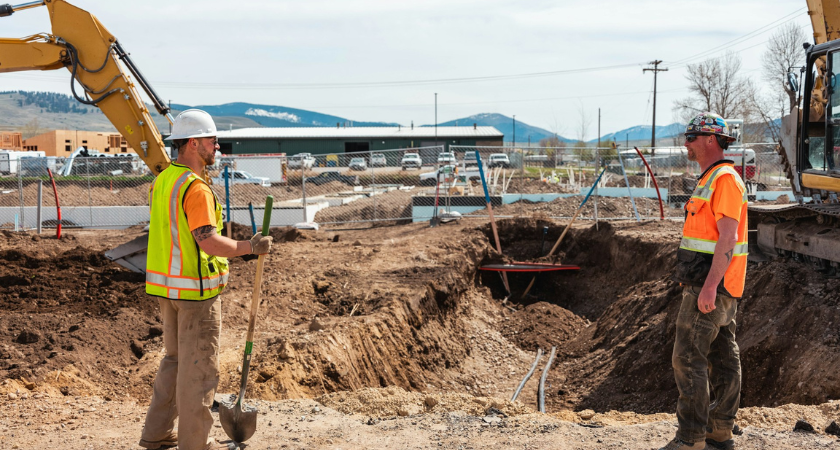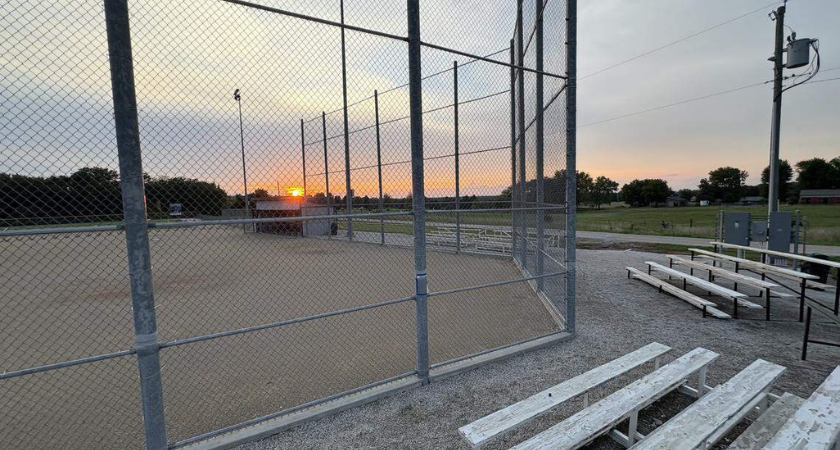
Kansas City’s development pipeline is being reshaped by a mix of economic pressures, public resistance, and ambitious institutional projects. While new construction continues, developers and local governments are confronting mounting challenges — from rising material costs to environmental pushback and tax policy disputes.

Across the region, developers report that escalating import prices and supply chain delays are slowing progress. Infrastructure materials like steel, concrete, and advanced insulation systems are taking longer to arrive and costing more than initially projected. These increased expenses are forcing municipalities and private builders to reconsider timelines, financing, and scale.
A proposed frozen food and cold storage complex in Olathe has become a flashpoint in local development debates. The project, which depends on major tax incentives, has drawn concern over traffic volume, industrial emissions, and long-term proximity to residential zones. Residents have voiced environmental and safety fears, and many hope to halt or reduce the scope of the development.
The plan has yet to receive a final green light, and public comment sessions have become increasingly heated as community groups push for additional studies or reconsideration.
In Louisburg, opposition to a new high school sports complex continues despite efforts to move forward without tax increases. “Twice in the past five years, supermajorities of voters have turned down proposals to build new high school baseball and softball fields in Louisburg, Kansas, home of the Wildcats.”
Even without a hike in property taxes, residents remain wary of the long-term operational costs and land-use implications. Petitions are circulating to force another public vote, reflecting a strong desire for transparency and adherence to past electoral outcomes.
Some school supporters argue that outdated athletic facilities hinder student opportunities and regional competitiveness, intensifying the debate.
In Kansas City, Kansas, construction on the new KU Cancer Center continues on schedule. With a targeted completion in 2027, the facility is positioned to expand clinical research, patient care, and regional medical employment. Health sector advocates believe it will help the metro area respond to rising global cancer rates and attract additional federal and state funding.

The project also symbolizes how healthcare-related construction may be more resilient than commercial or industrial developments facing local opposition.
The conversation around development isn’t limited to construction — it extends into fiscal policy. Platte County is under review after questions surfaced about property assessment accuracy and resulting tax revenue. “Platte County, the second wealthiest county in Missouri, boasts many nice homes — the median home value being over $369,000.”
Underassessment could reduce critical funding for infrastructure, schools, and county services. Budget planners and homeowners alike are watching closely, knowing that reassessment could shift financial responsibilities in upcoming tax cycles.
Taken together, these stories underscore the broader tensions that define Kansas City’s development landscape in 2025:
From neighborhood activists to school boards and state officials, every stakeholder is navigating a delicate balance between growth and caution. The outcomes of these projects will influence regional planning, job markets, and long-term infrastructure decisions across both Kansas and Missouri.
Originally reported by Kansas City Star Journalists in Kansas City.